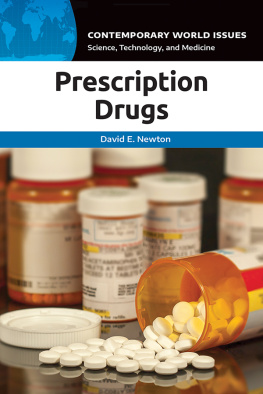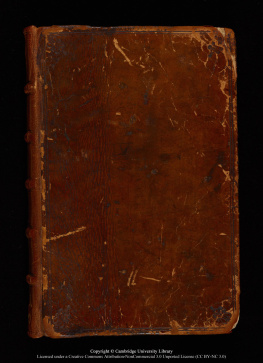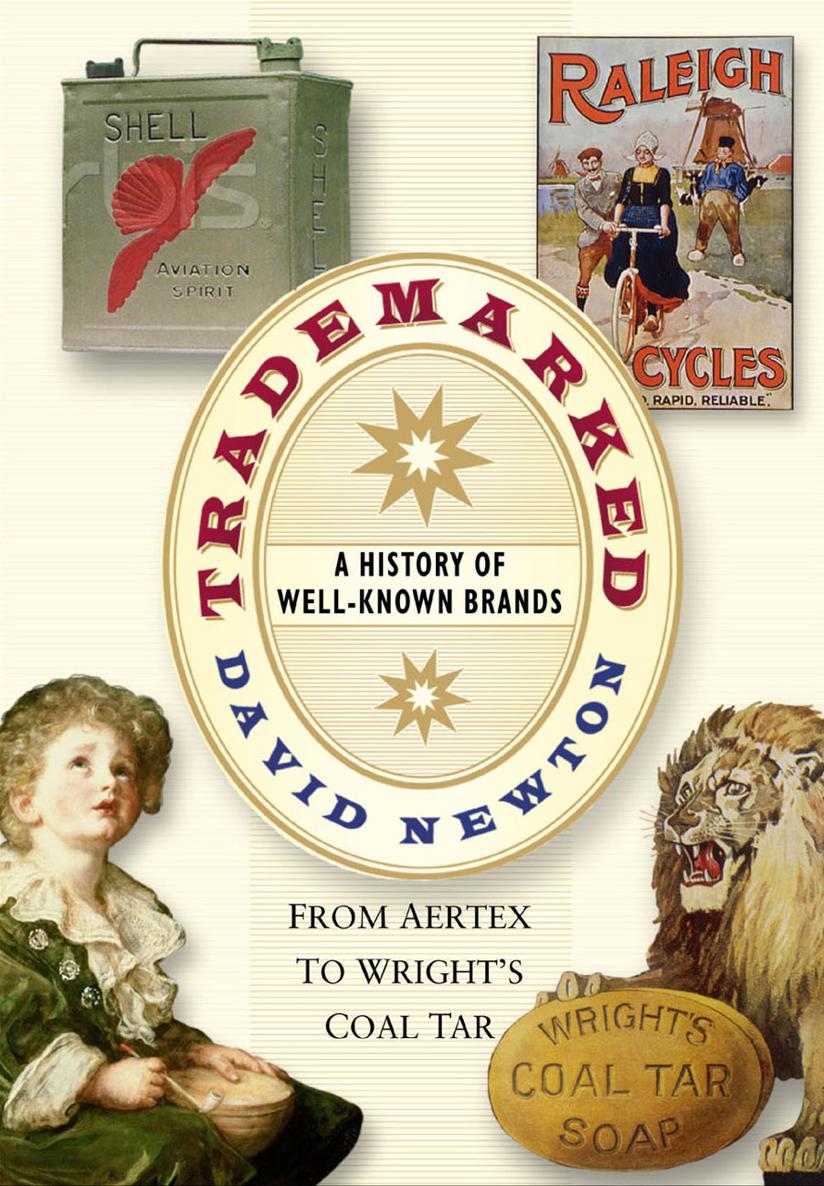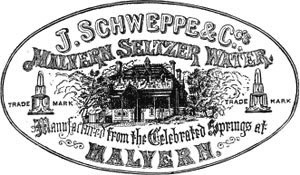TRADEMARKED
A HISTORY OF WELL-KNOWN BRANDS
FROM AERTEX TO WRIGHTS COAL TAR
TRADEMARKED
A HISTORY OF WELL-KNOWN BRANDS
FROM AERTEX TO WRIGHTS COAL TAR
DAVID NEWTON
First published in 2008
The History Press
The Mill, Brimscombe Port
Stroud, Gloucestershire, GL5 2QG
www.thehistorypress.co.uk
This ebook edition first published in 2013
All rights reserved
David Newton, 2008, 2013
The right of David Newton to be identified as the Author of this work has been asserted in accordance with the Copyrights, Designs and Patents Act 1988.
This ebook is copyright material and must not be copied, reproduced, transferred, distributed, leased, licensed or publicly performed or used in any way except as specifically permitted in writing by the publishers, as allowed under the terms and conditions under which it was purchased or as strictly permitted by applicable copyright law. Any unauthorised distribution or use of this text may be a direct infringement of the authors and publishers rights, and those responsible may be liable in law accordingly.
EPUB ISBN 7524 9612
Original typesetting by The History Press
CONTENTS
CONTENTS
CONTENTS
CONTENTS CONTENTS CONTENTS CONTENTS CONTENTS CONTENTS CONTENTS CONTENTS CONTENTS
CONTENTS CONTENTS CONTENTS CONTENTS CONTENTS CONTENTS CONTENTS CONTENTS CONTENTS CONTENTS
CONTENTS CONTENTS CONTENTS CONTENTS CONTENTS CONTENTS CONTENTS CONTENTS CONTENTS
CONTENTS CONTENTS CONTENTS CONTENTS CONTENTS CONTENTS CONTENTS CONTENTS CONTENTS
CONTENTS CONTENTS CONTENTS CONTENTS CONTENTS CONTENTS CONTENTS CONTENTS CONTENTS CONTENTS CONTENTS
CONTENTS CONTENTS CONTENTS CONTENTS CONTENTS
CONTENTS CONTENTS CONTENTS CONTENTS CONTENTS CONTENTS CONTENTS
CONTENTS CONTENTS CONTENTS CONTENTS CONTENTS CONTENTS
CONTENTS
ACKNOWLEDGEMENTS
Over a period of more than three years, and for many more years of gestation, the project to put together a book highlighting the history of trademarks that were registered in the early days of the Trade Mark Registry has been something of a passion (or perhaps obsession) for me. I would like to thank all those who have had to endure my preoccupation with this work.
I have used principally two libraries for my research: the British Library and Birmingham City Library. I am very grateful to these two institutions and especially to the staff of the British Library Business and IP Centre and others who have helped me but who are too numerous to name individually. In addition I have had help on the trademarks of specific firms from a number of other libraries, local studies departments and tourist information bureaux, especially Plymouth Central Library, Manchester Central Library, Oxfordshire Studies, Skipton Library and Malvern Tourist Information Centre.
In addition to the registered trademarks taken from the Trade Mark pictures and images have been supplied by the Bridgeman Art Library, the British Library, Britvic Soft Drinks Ltd (Idris), the Gordon Bunce Collection, Clarks International, Corbis, Dents, the Mary Evans Picture Library, Greene King plc, the Illustrated London News Picture Library, Leeds City Library Patent Information Unit, the Motoring Picture Library, the National Archives Image Library, Science & Society Picture Library, Thornton & Ross (Ellimans), and the Worcester Porcelain Museum.
Special thanks are also due to Robert Opie for his help in finding so many relevant illustrations from the Robert Opie Collection and providing them for use in this book. The photographs reproduced in the following pages are from a collection of over 500,000 items illustrating the story of Britains consumer society, which is currently housed at Opies Museum of Memories in the Museum of Brands, Packaging & Advertising at Colville Mews, Lonsdale Road, Notting Hill, London, W11 2AR.
I would especially like to thank John Nelhams of ColArt Fine Art & Graphics Ltd (from whom I received a lot of help with the trademarks of Reeves and Winsor & Newton); Peter Marsh, Honorary Chairman and Curator of the Stephens Collection in Finchley, London (for information and images of trademarks for Stephens ink), David Harman of the Transport Ticket Society (for help with Bell Punch) and various staff of the UK Patent Office.
I have used many hundreds of websites in the course of the research for this book. They are far too numerous to mention individually, although I should point out the extensive use I have made of the Patent Office website and especially Trade Mark pages and other pages listed in the bibliography. For these I acknowledge my gratitude.
I should like to thank Sutton Publishing and its staff who have had faith in Trademarked from the outset and who developed it into the book you see today.
Finally I am especially grateful to my wife Jane, who has had to endure my preoccupation during the writing of this book over many long days.
Despite the many sources used and the lengthy research I have conducted, any errors and omissions that remain in this text are solely the responsibility of the author.
INTRODUCTION
The Origin of Marks
Trademarks probably originated in marks used to indicate ownership in the Stone Age or early Bronze Age. The branding of cattle was an early example of this. Then in about 2700 BC in China and later in the Roman Republic marks were put on pottery to indicate the maker. This kind of marking burgeoned in the Middle Ages when merchants would mark their goods. As trade developed in the seventeenth and eighteenth centuries many more makers of goods were putting their own marks on the items they sold and a few were taking action against others who tried to pass off their goods as those of the original manufacturer. At this time it was not easy for a trademark owner to obtain redress from another person who had used the rightful owners mark.
In the nineteenth century goods were more and more made and packaged in central factories and distributed nationally and thus manufacturers needed to compete against locally produced goods.
Registration
In Victorian times counterfeiting became more of a problem at home and abroad and in 1862 a select committee was set up to determine whether Britain should have a system of registration of trademarks to stop this copying. Mr Jackson of the firm Spear & Jackson reported to the committee that registration systems were already in place in Prussia, France, Belgium and some of the states in America. Despite pressure for a similar law to be introduced in Britain, some manufacturers were against registration and it was not recommended by the committee at that time. By 1875, however, the demand for registration had increased and the Trademark Registration Act was duly passed by Parliament. Registration under the Act started on January 1876 and from then on manufacturers could much more easily stop others using their trademarks.
The Trade Mark Registry was set up under the Commissioners of Patents in 1876 in London and after the passing of the Patents, Designs & Trade Marks Act of 1883 it was run by the Comptroller of Patents, Designs and Trade Marks, appointed by the Board of Trade. The first public notification of the whereabouts of the office which was to open for acceptance of applications was a notice hastily inserted in The Times on December 1875, after a letter had been published on Christmas Day. In part it read, Having some important trademarks to register for various clients we have made enquiries at the Patent Office and at Stationers Hall as to where the new office is situated but at both places there is utter ignorance of the matter. Has it been forgotten? Nevertheless applicants were queuing at the door of the Registry before it opened on January to obtain registration at the earliest opportunity. Although many applications were received in the first few weeks it was not until May 1876 that details started to be published in the Trade Mark By the end of 1876 over ten thousand applications had been made.
















